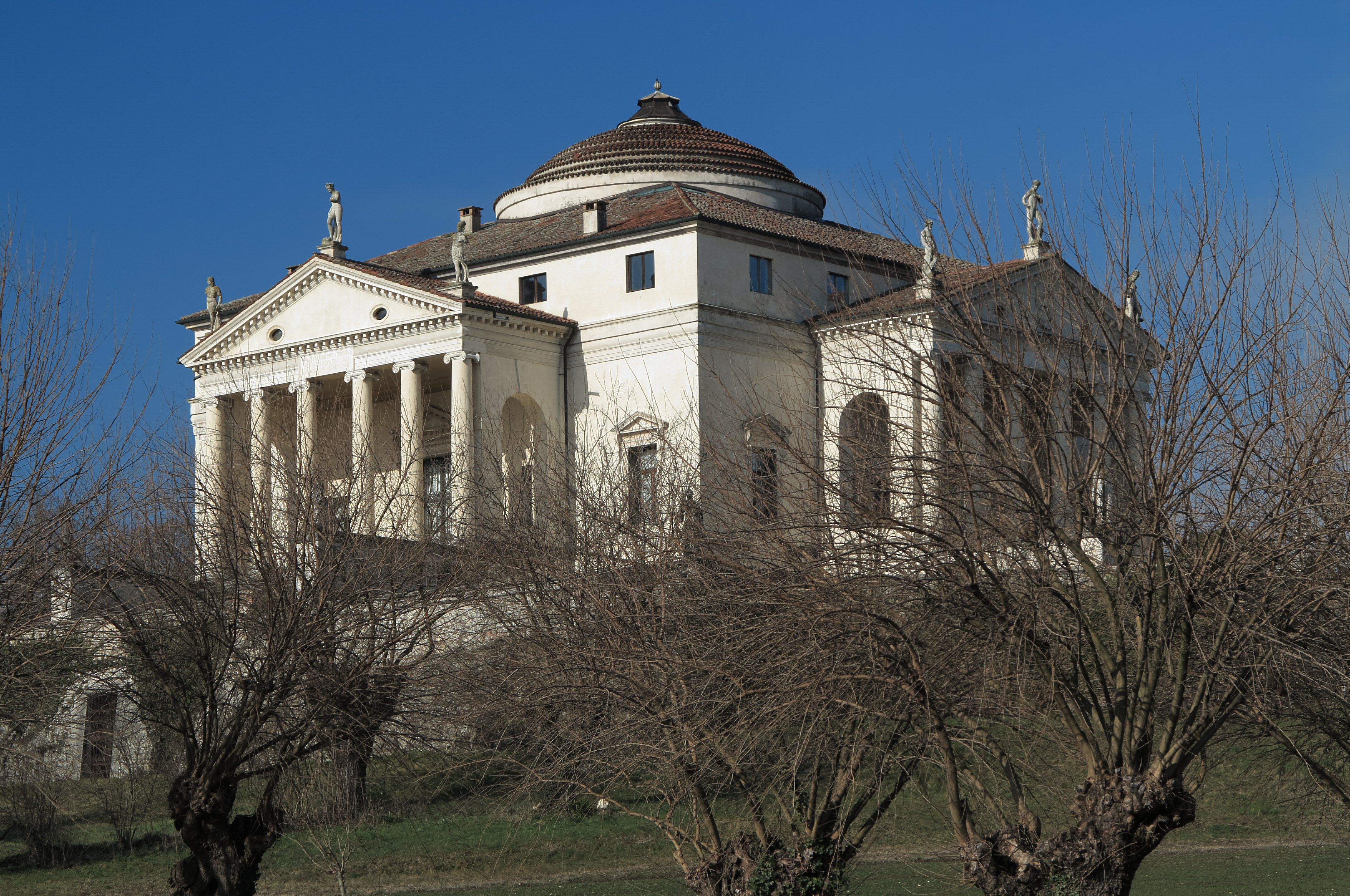

First of all is the close juxtaposition of the houses of the wealthy and the single-room high-rise apartment dwellings of the poor. The Plan serves as a vital and unique source of evidence, providing data that could not be extrapolated from other sources.įragment 11 further illustrates several points about the general nature of Rome’s urban fabric. Many dozens of other examples on the Plan show that this particular form of apartment dwelling was especially characteristic of Rome, although the form is not common at Pompeii or Ostia, our two other principal sites in Italy for studying Roman imperial urban structure. Single rooms frequently served as the entire dwelling space for poor families. Nearby can be seen examples of apartment dwellings (B and C), in which small multipurpose rooms were grouped around open courtyards for light and air. The Plan shows that even in densely crowded early 3rd century Rome, the atrium house plan endured as a dwelling for the rich. For example, in Figure 6 can be seen classic examples of the Roman atrium house (A), well-known from Pompeii and Herculaneum. First of all, it records specific architectural information concerning structures least likely to survive the ages, such as dwellings, shops, and workshops. Fragment 11įragment 11 illustrates several points about Rome’s urban structure (Fig. The Plan helps us see Rome from top to bottom, filling in many missing pieces of our image of the city. It is especially interesting for the fact that it includes not only monuments and great public spaces, but also the tenements and one-room shops of the poor (Fig. The Severan Plan is an amazingly complex document, and a unique record of the imperial city near its zenith. 1960:231), and recent work has shown that for specific buildings the errors it contains are minor (Reynolds 1996:92-106 see Fig. Its overall survey was extremely close to modern measurements (Carettoni et al. He discovered piecemeal beginning in the 17th century, 10 percent of the Plan survives in some 700 fragments, about half of which can be assigned to specific locations in the original wall map (Carettoni et al. Thousands upon thousands of them are recorded in this smooth gray marble surface, along with staircases, walls, fountains, altars, and other details (see Fig. The map is delineated at a consistent scale of 1:240, and the extraordinary thing is that it depicted nearly every ground-floor room in the entire city. Executed during the reign of Septimius Severus, the Plan is dated to between AD 203 and 211 by the inscriptions and monuments appearing on it. The Severan Marble Plan was a 40-foot-high decorative marble map of the city of Rome, mounted on a wall inside the Templum Pacis, at one end of the sequence of imperial fora in the heart of Rome (Figs. This article will present insights drawn from two remarkable sources of data: the Severan Marble Plan and the Regionary Catalogues (see box on The Purpose of the Marble Plan and the Regionary Catalogues). Built of less substantial materials than the landmarks, the “non-monumental matrix” of ancient Rome has largely perished, or lies inaccessible under modern occupation, leaving icons like the Colosseum and grand temples to shape our image of the ancient city.Īlthough we are limited in our ability to explore imperial Rome’s non-monumental matrix through excavation, clues exist which can conjure ghosts of the lost thousands of buildings that once coursed with the city’s life. In any city, such volksar- chitektur is an important expression of cultural identity. Humble constructions like warehouses and taverns made life in this million-strong city possible, and reflected basic social realities rather than grand political image-building. However, it was in dwellings, shops, workrooms, and other minor structures that most of the population spent most of their lives. The famous monuments offer a powerful testament to the grandeur of the imperial capital, and Rome’s surviving architectural legacy is rich indeed. Much of the urban fabric of ancient Rome is lost to us.


 0 kommentar(er)
0 kommentar(er)
